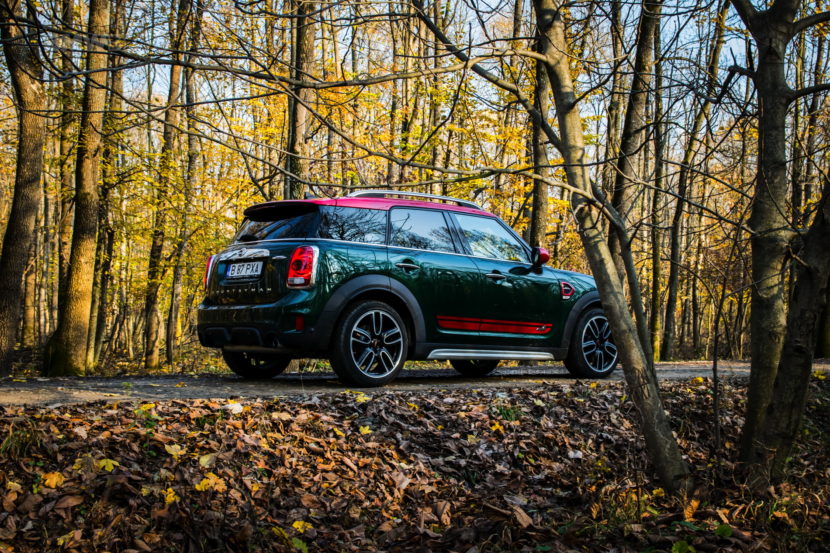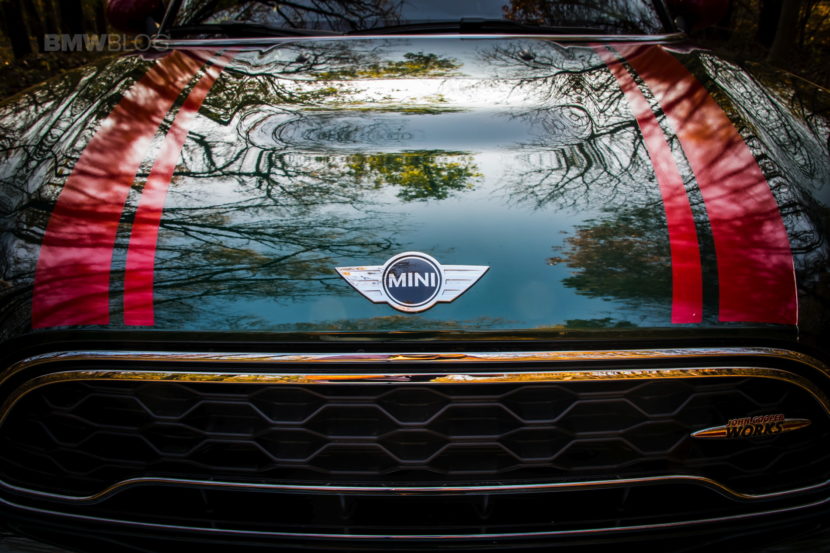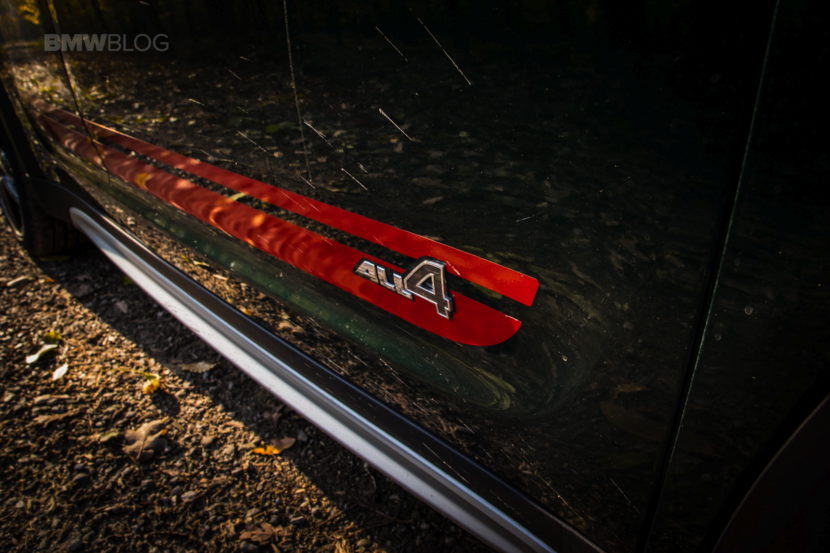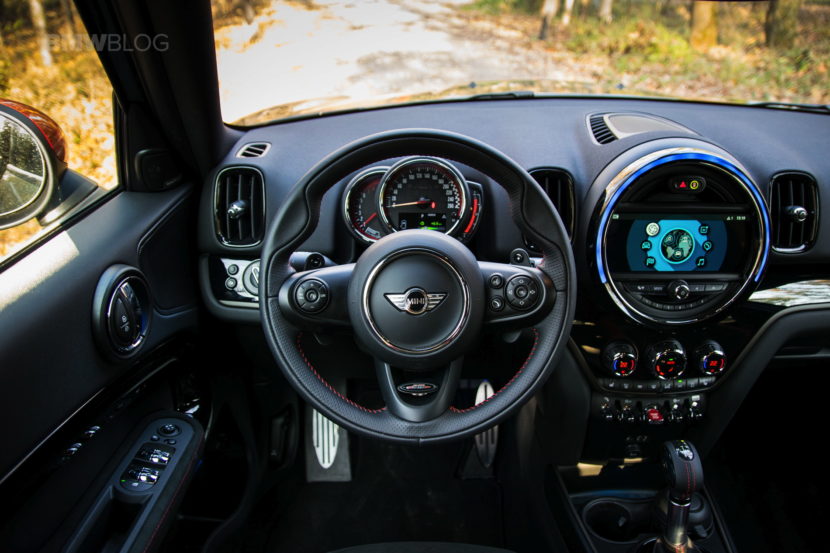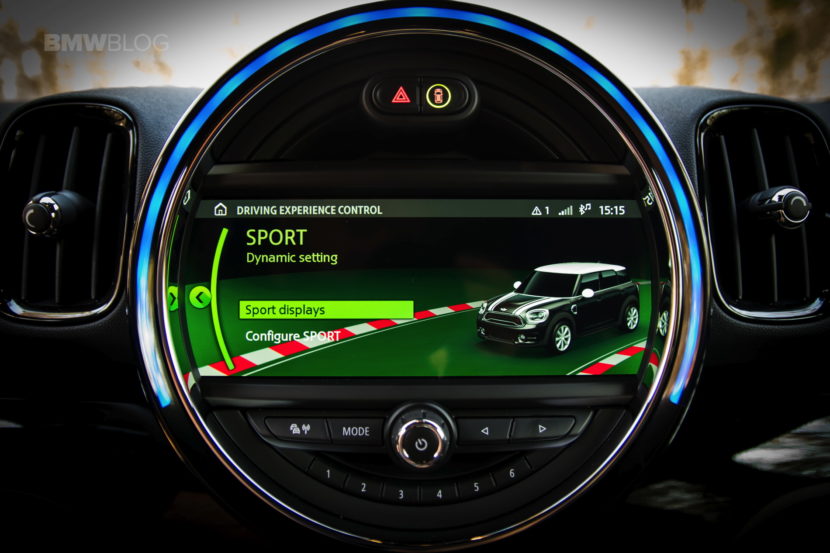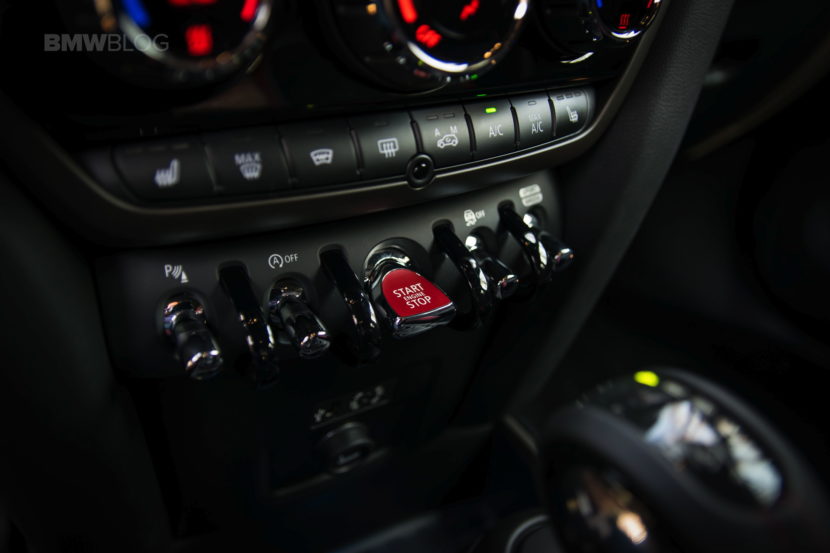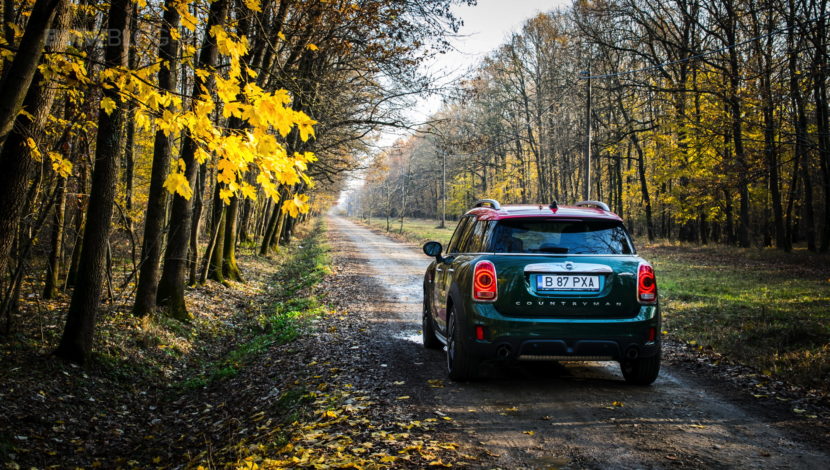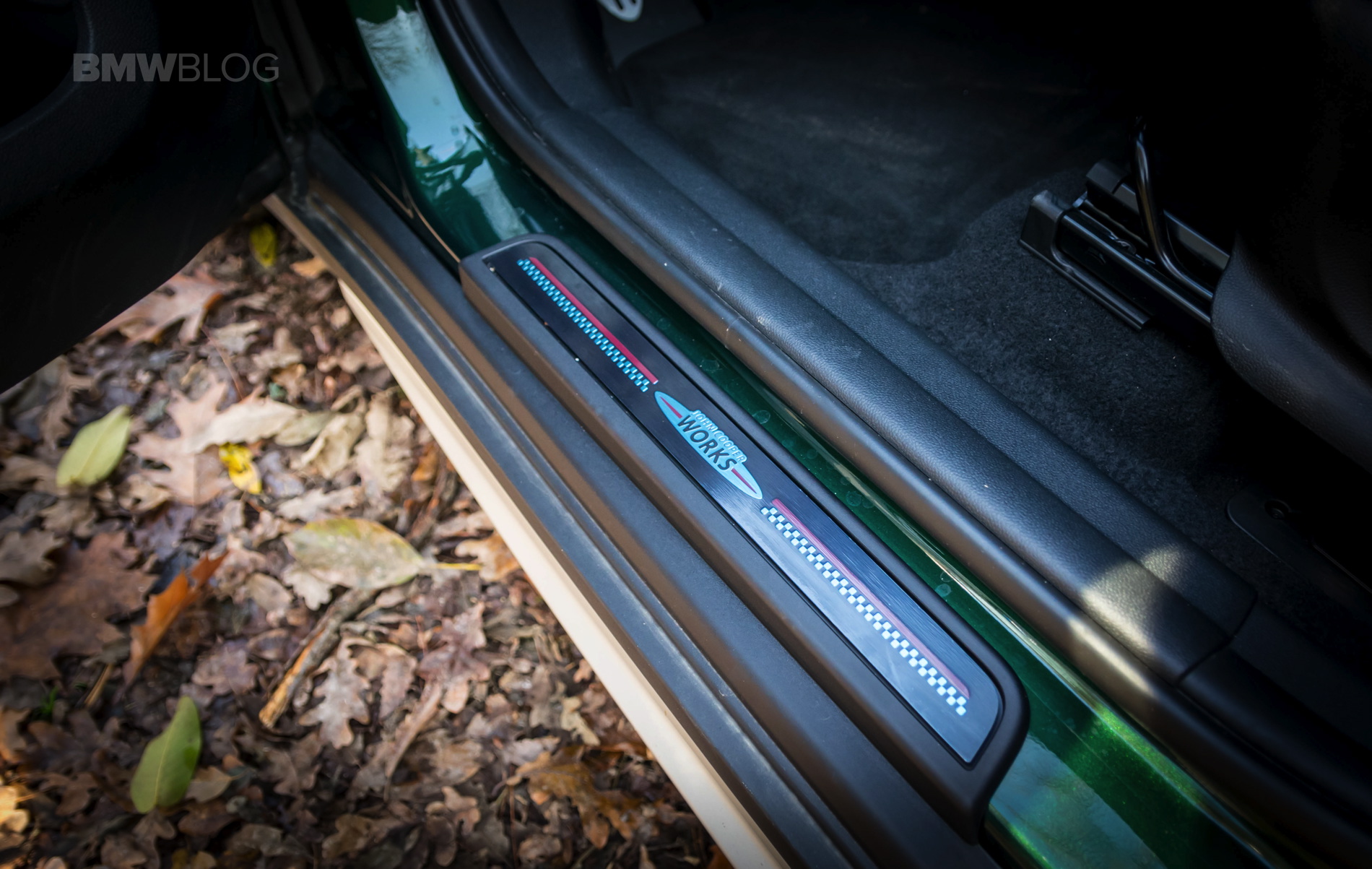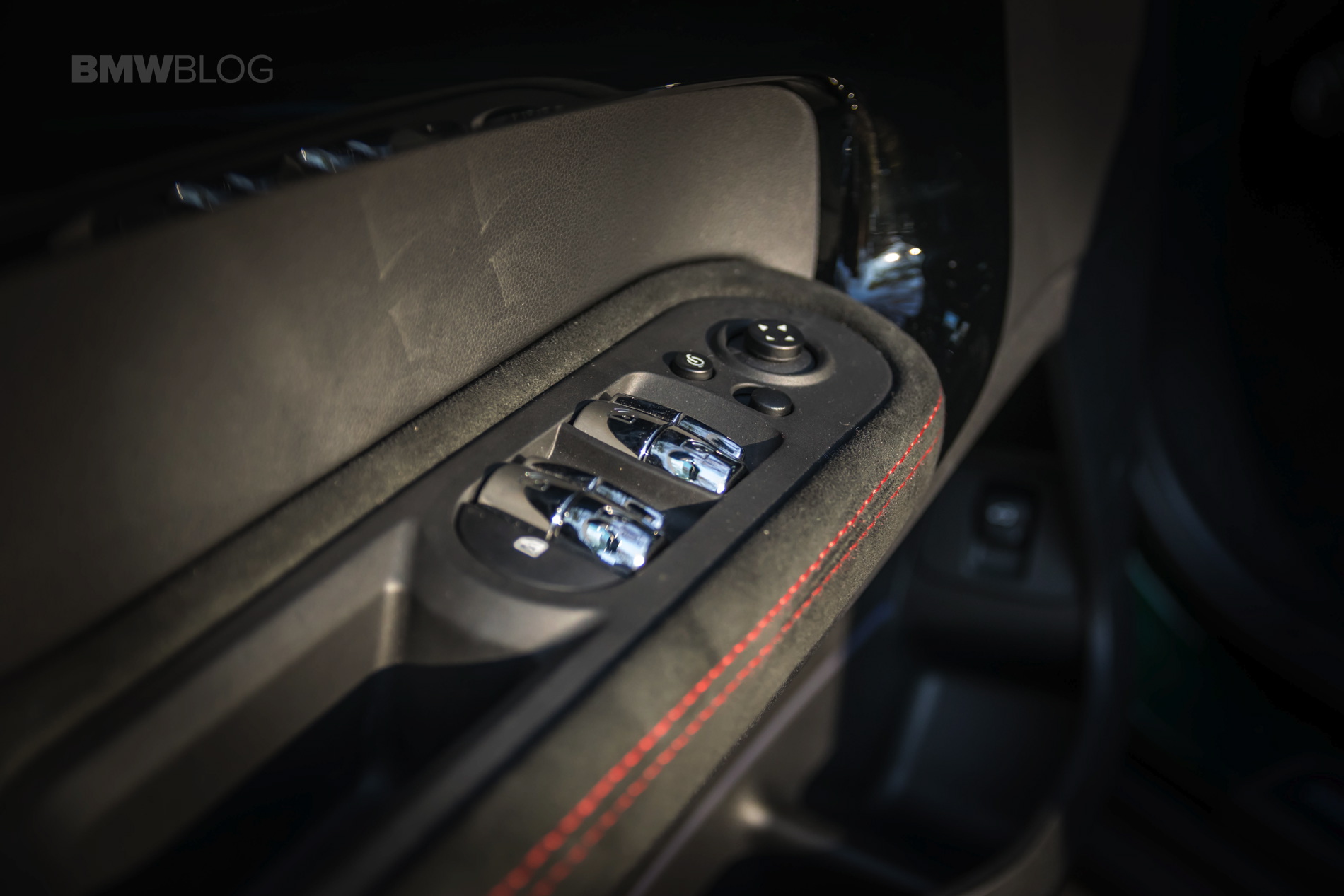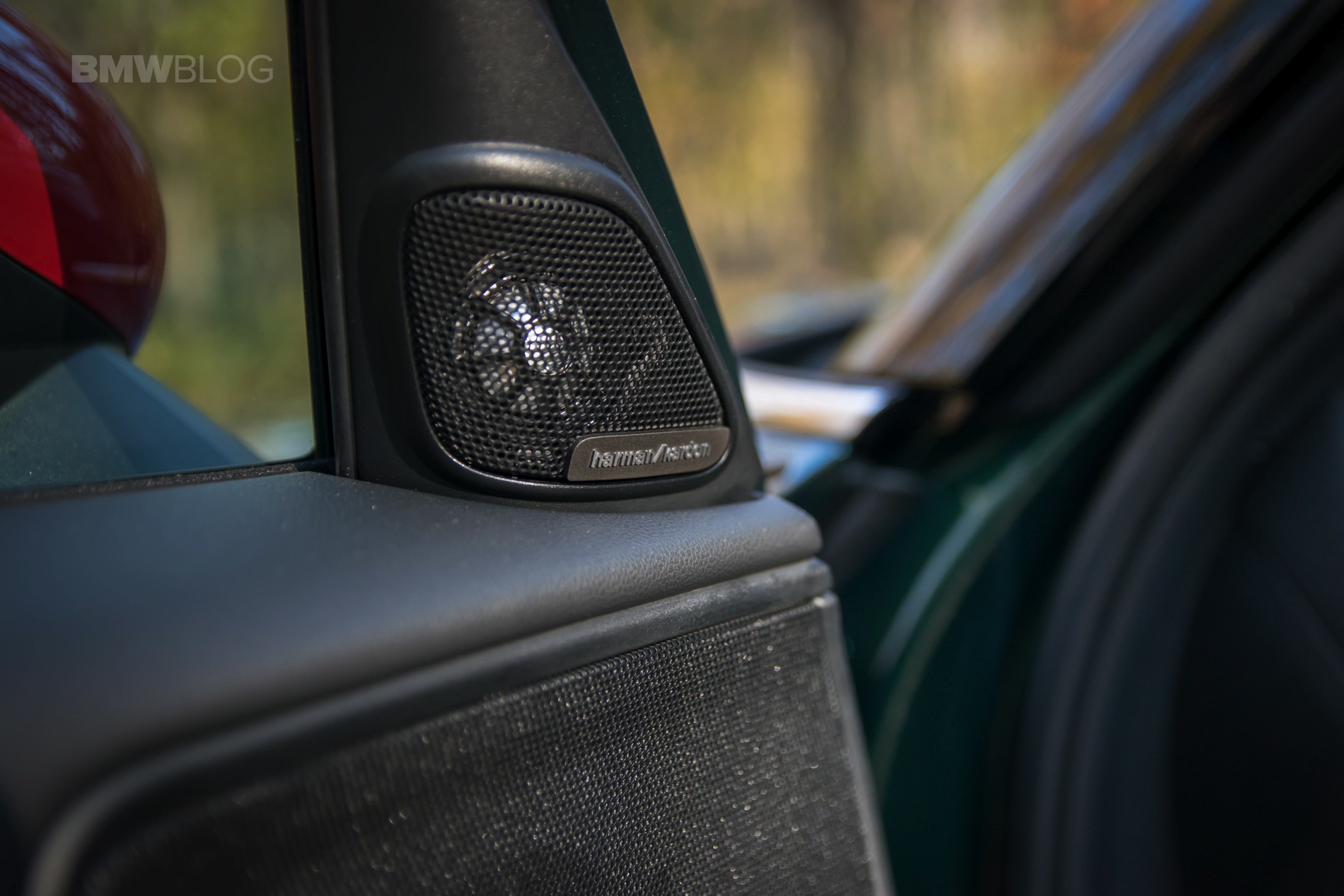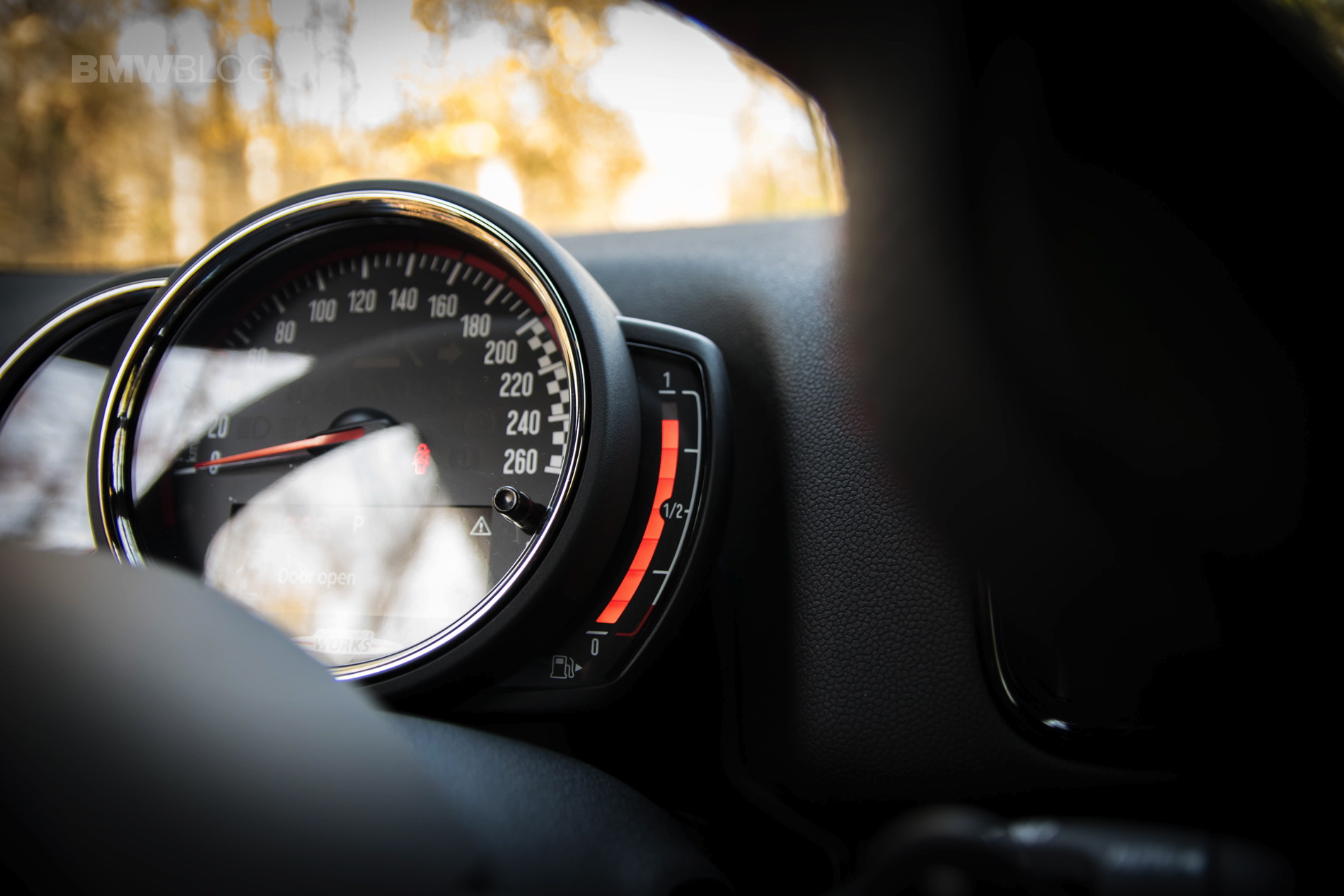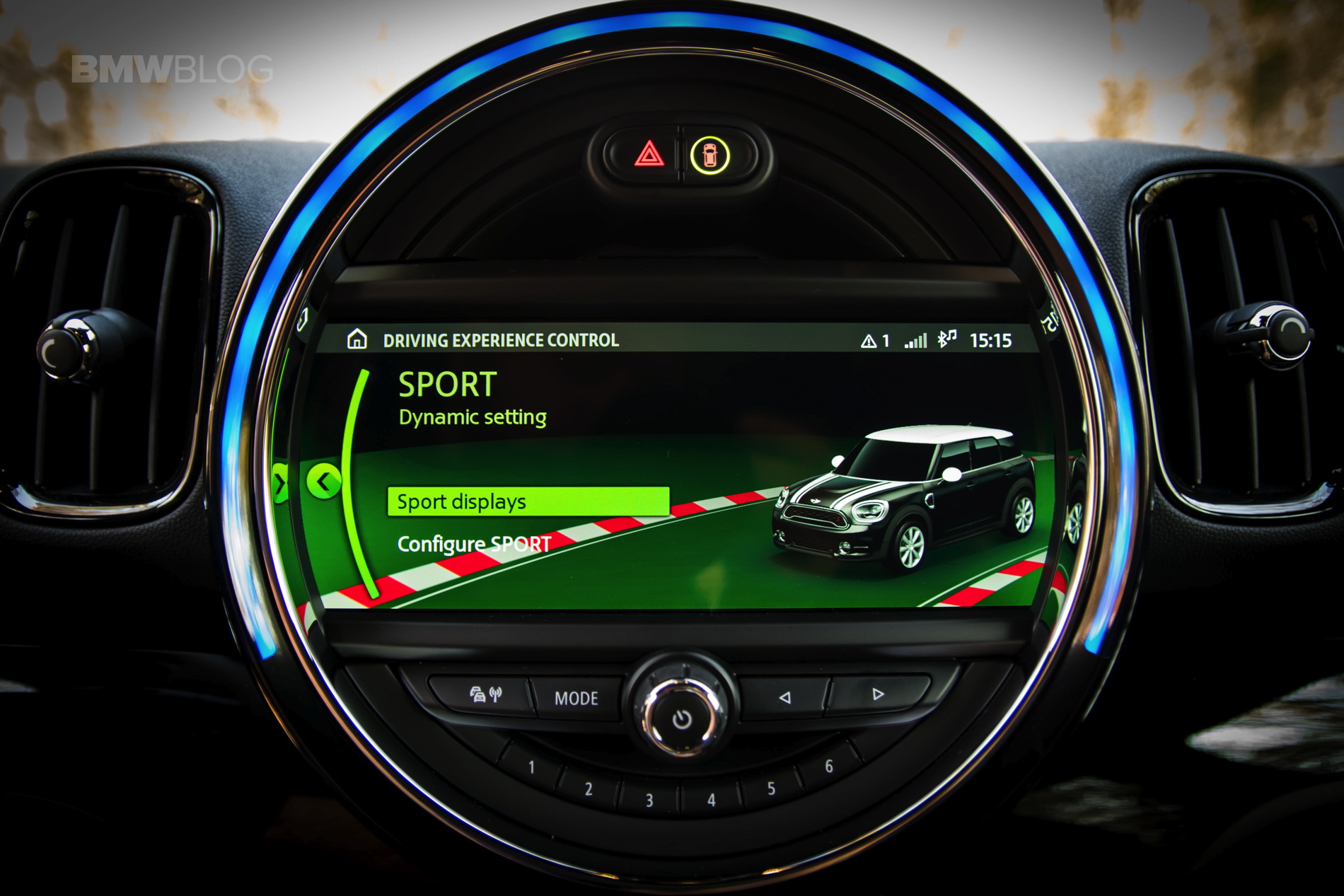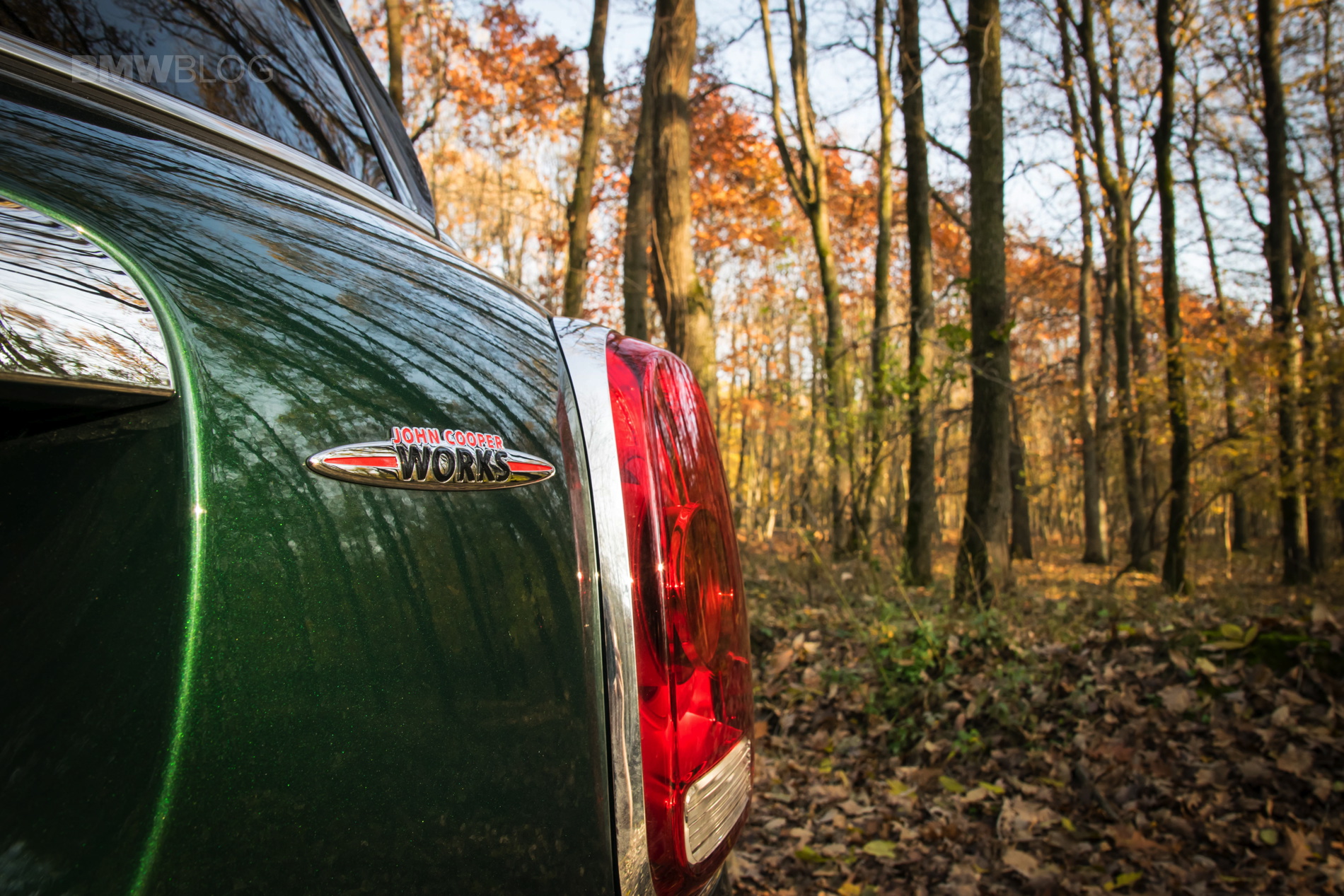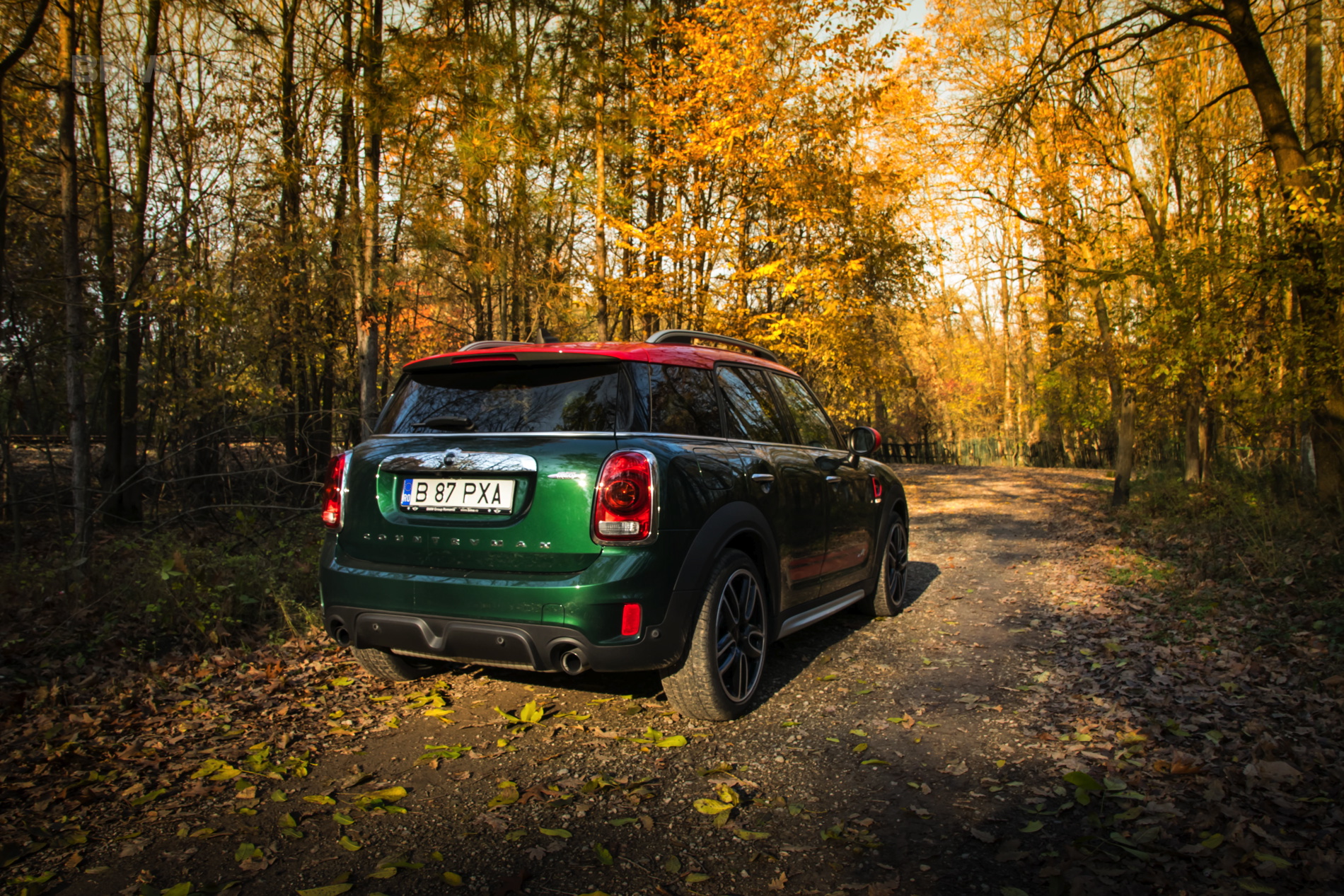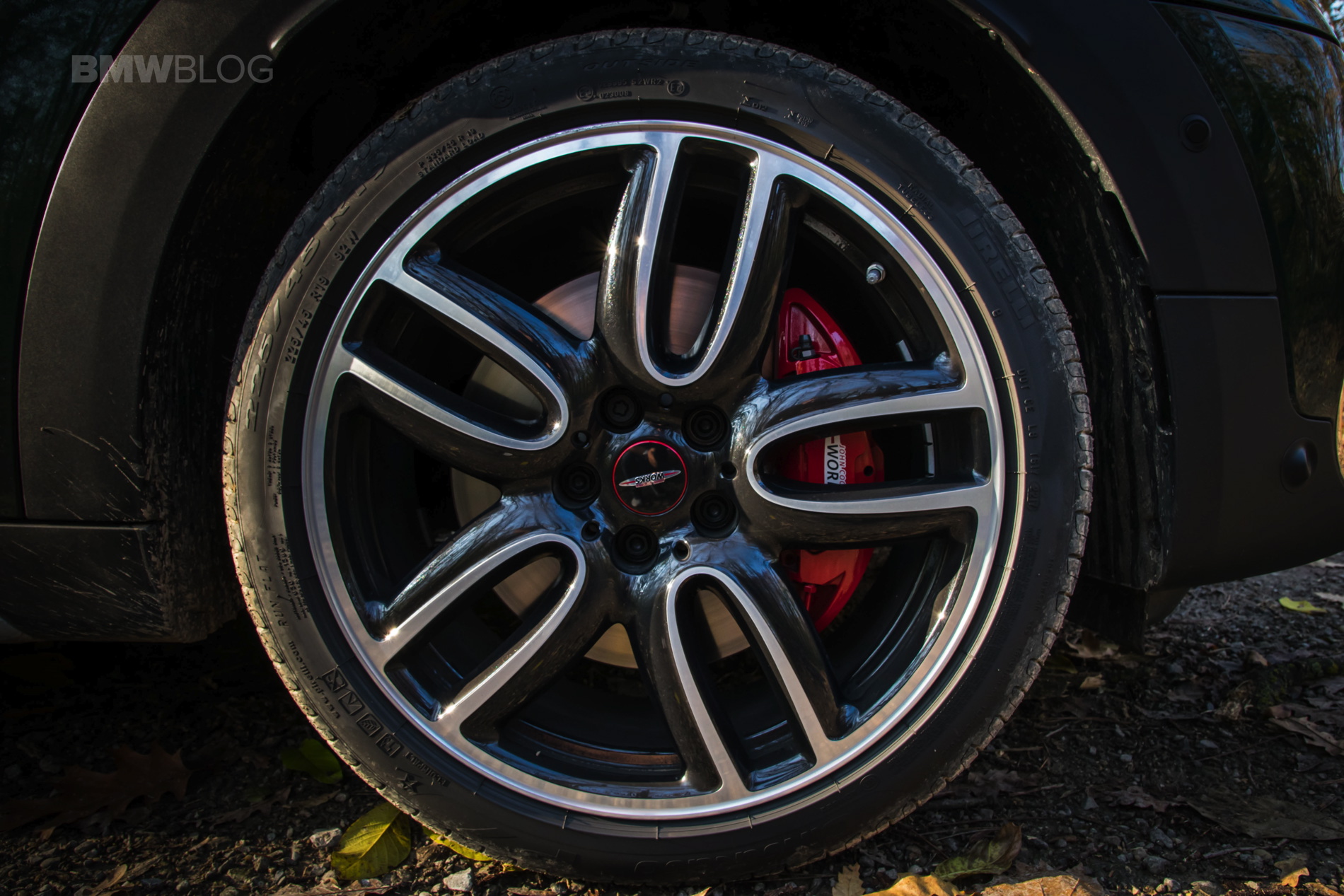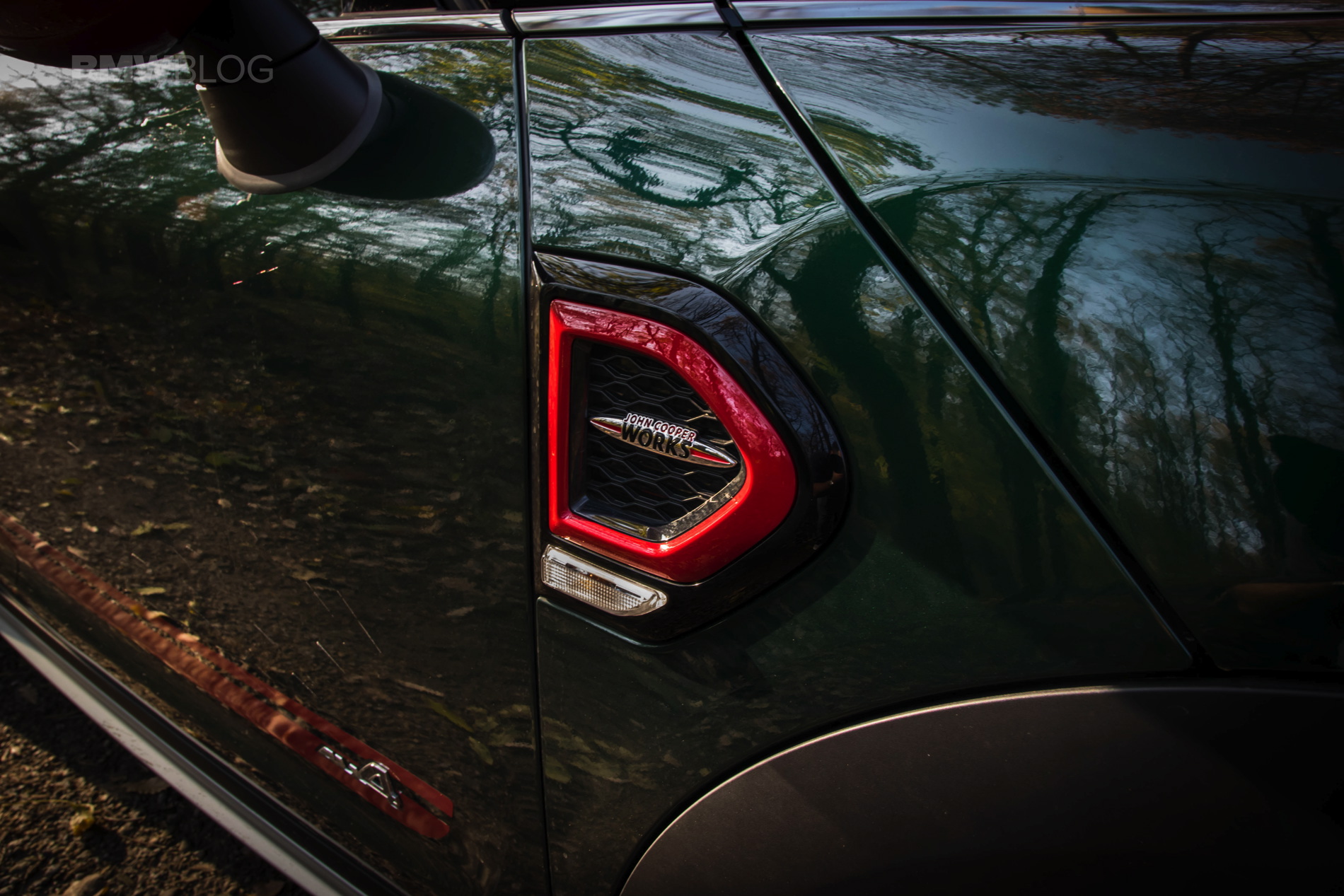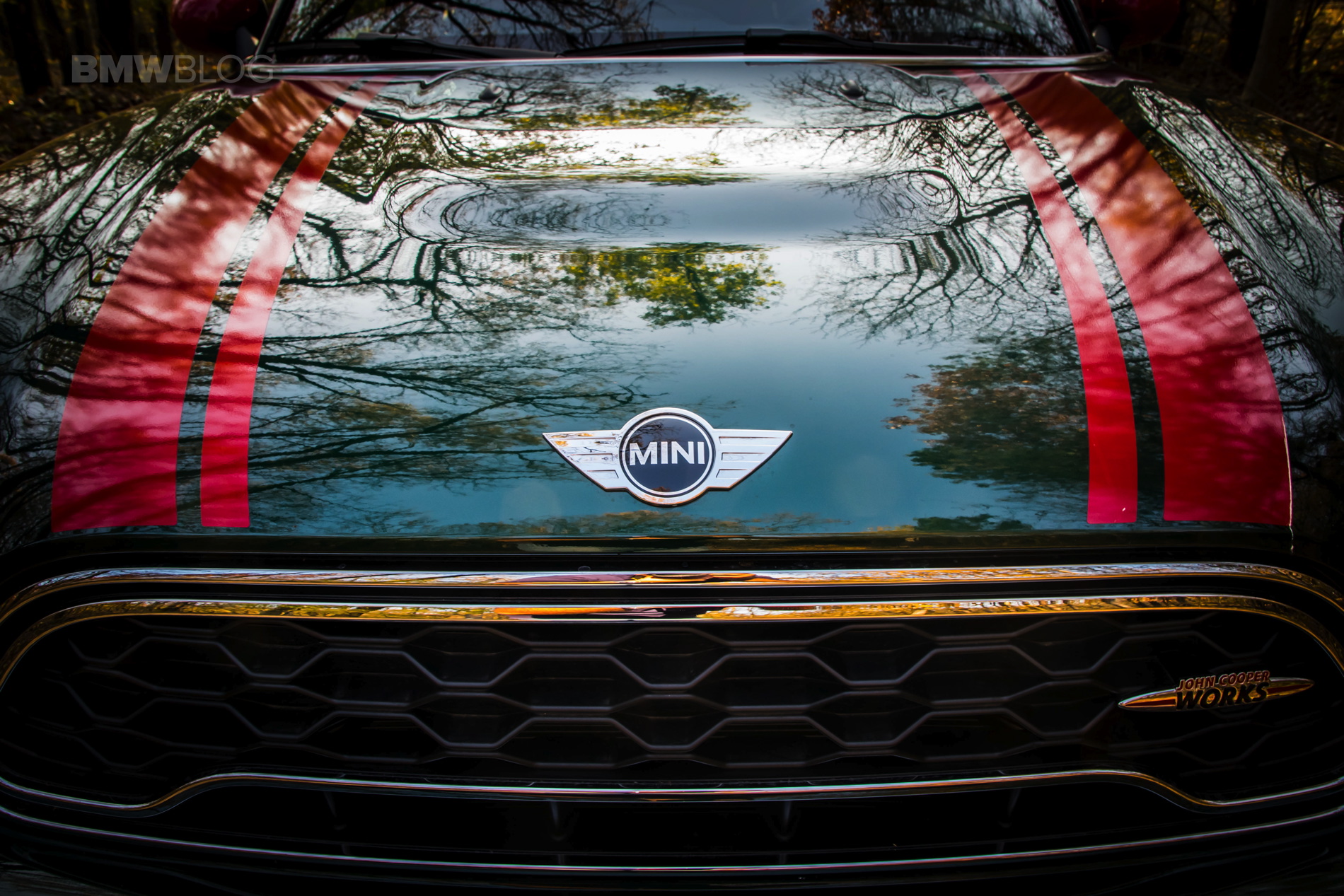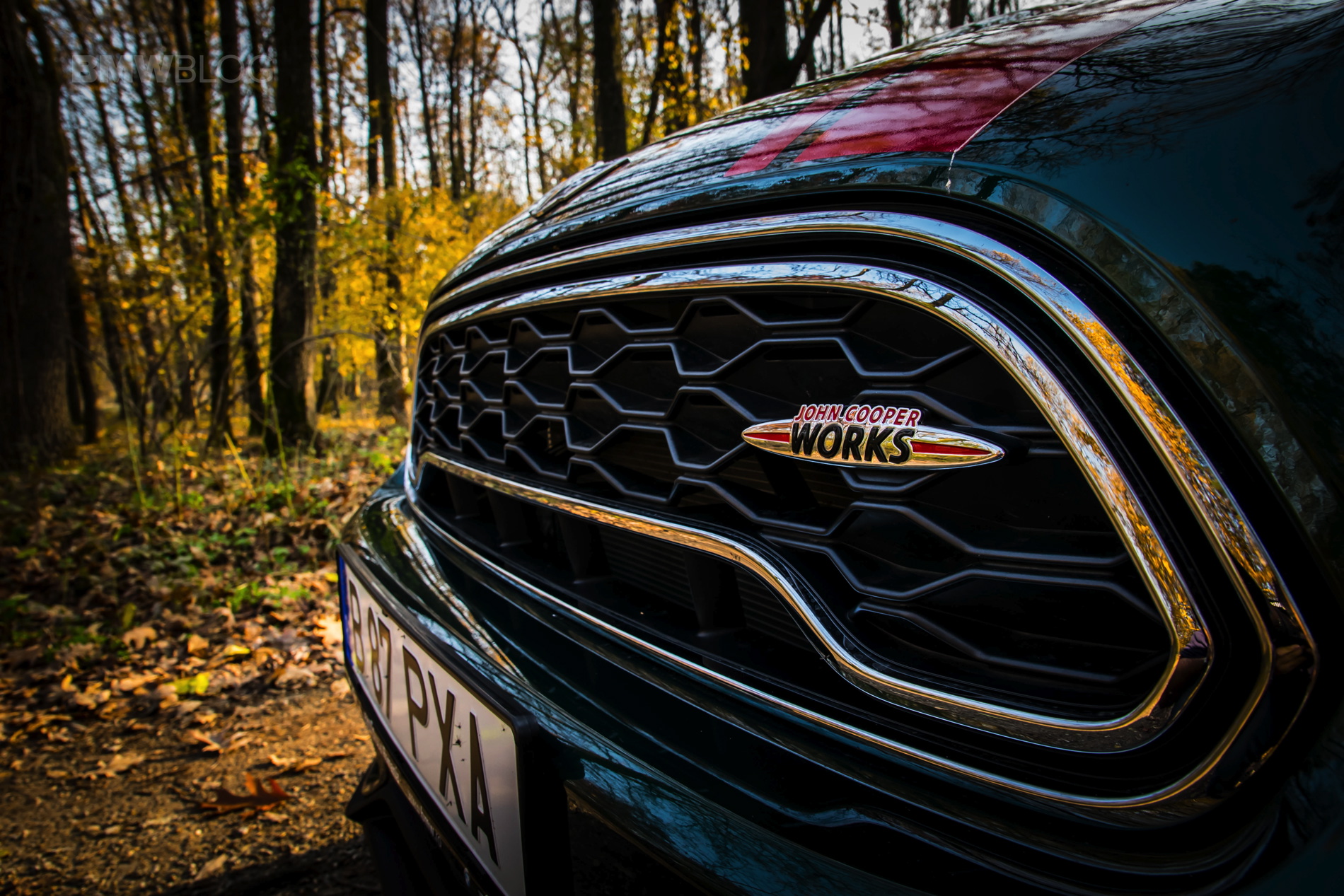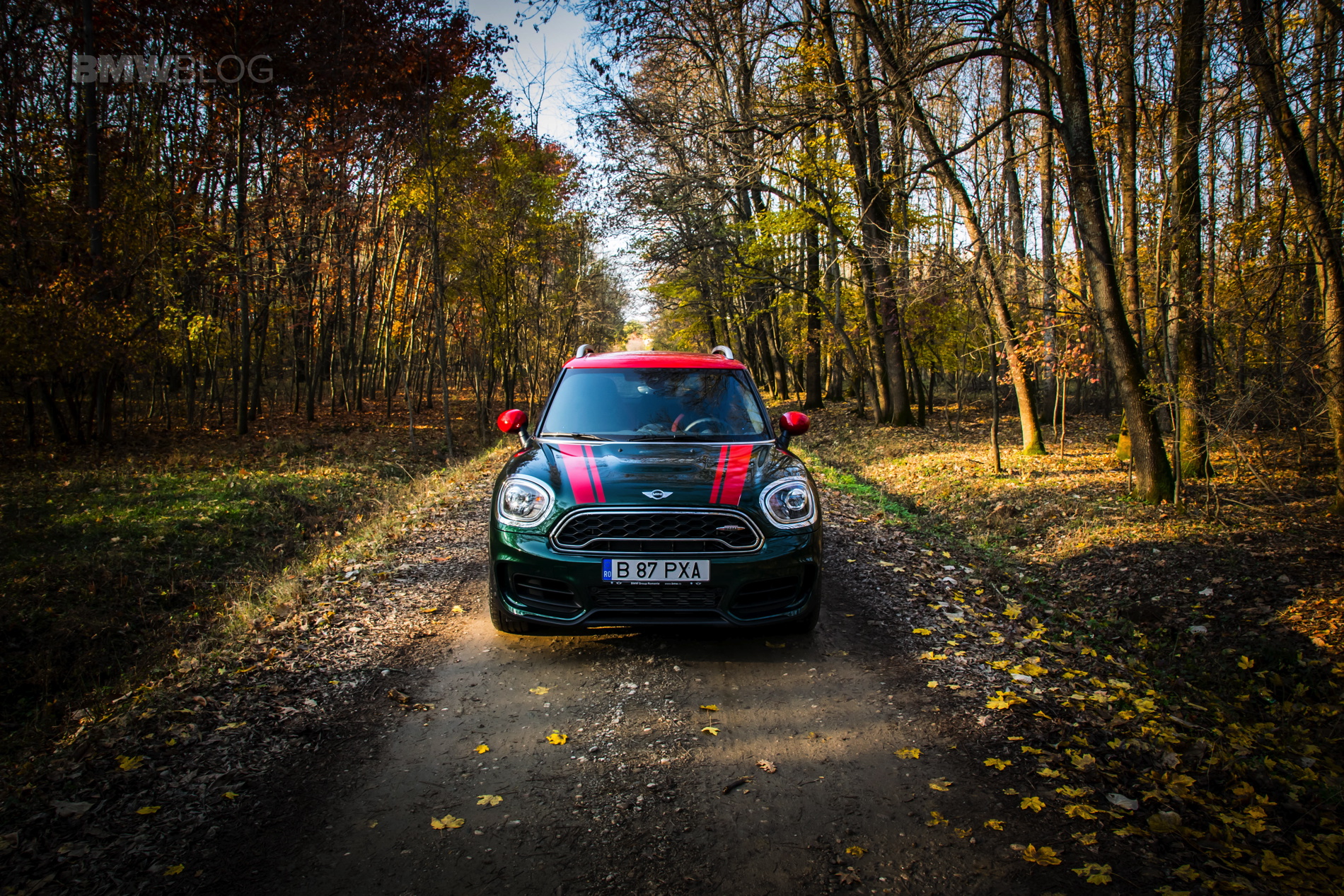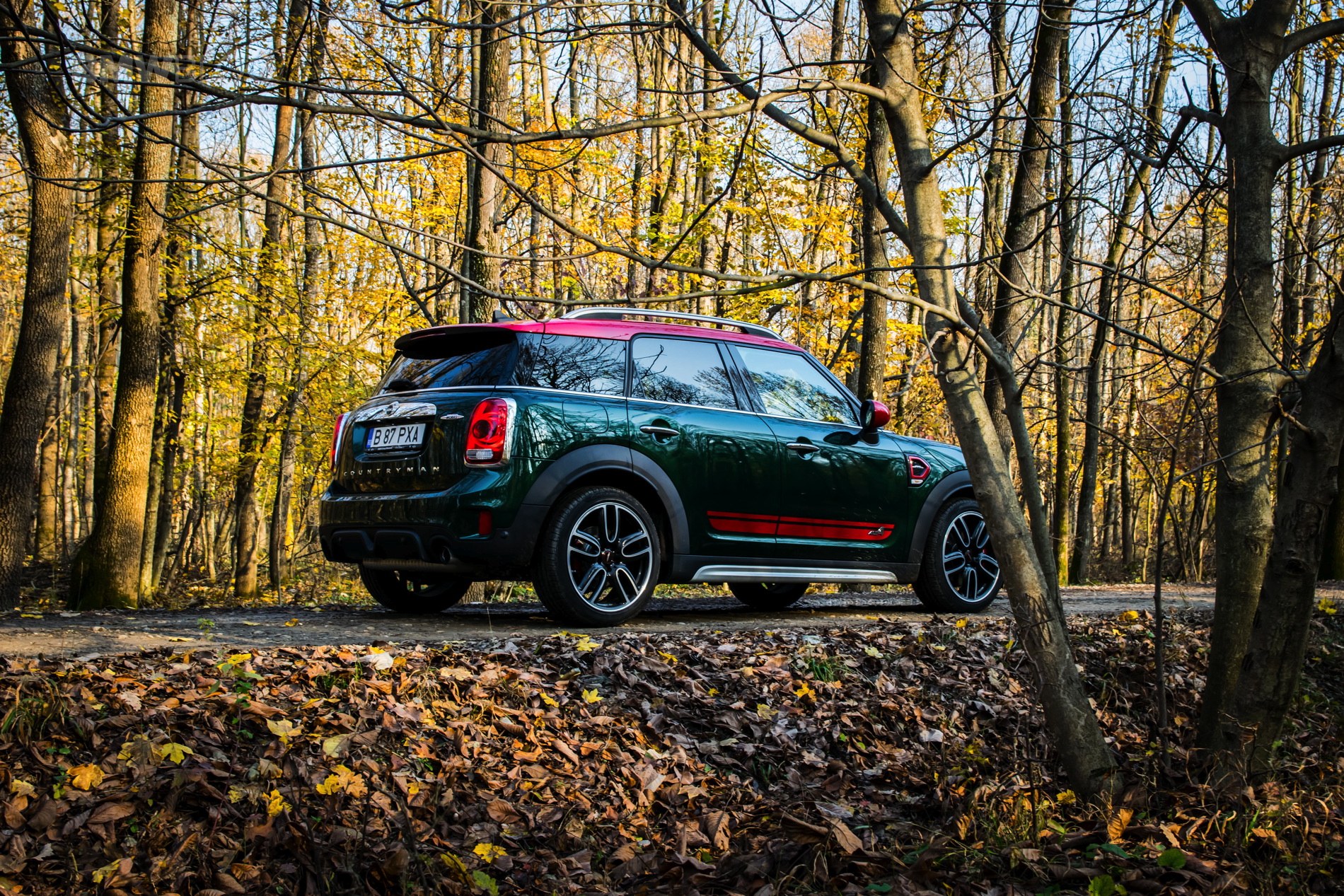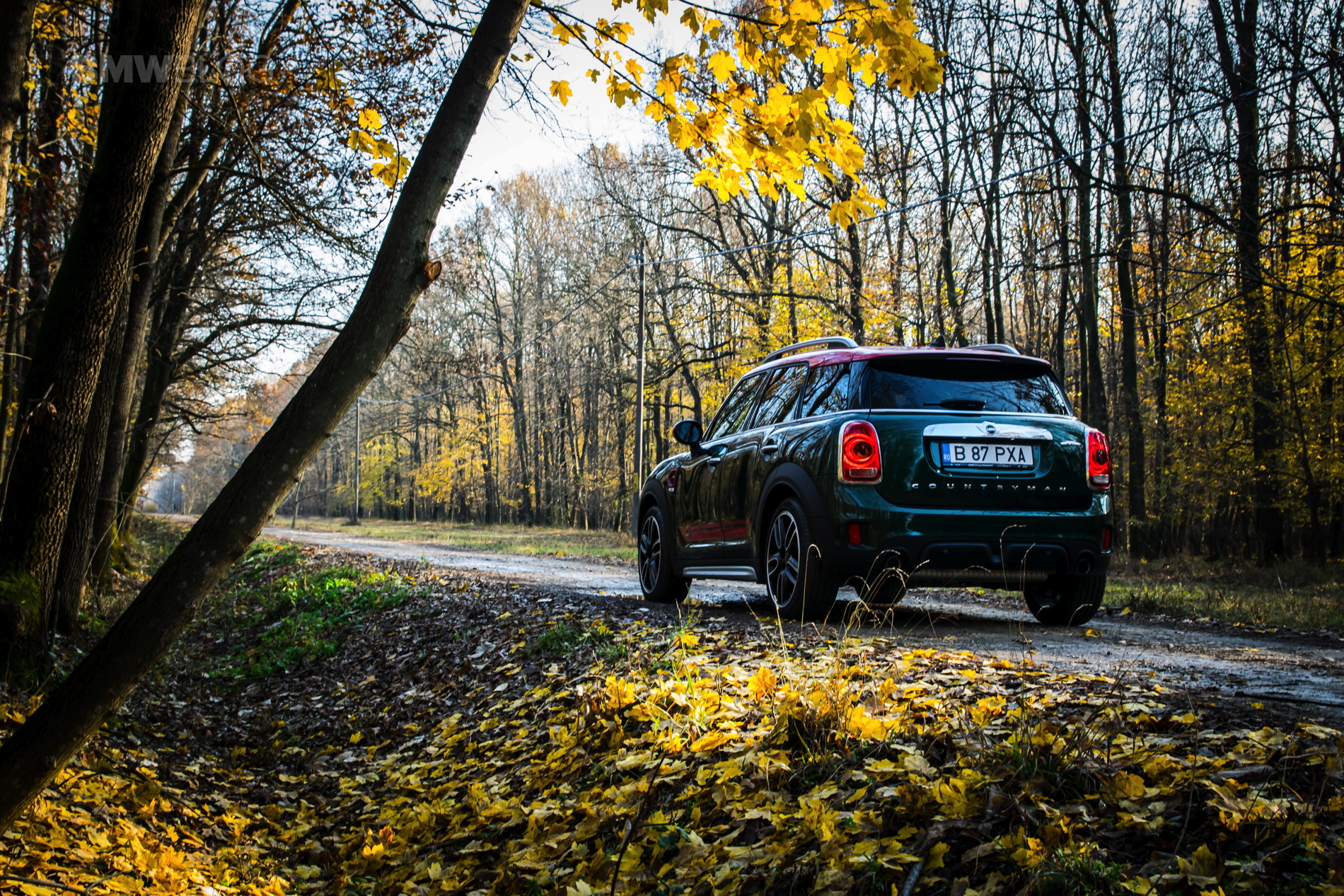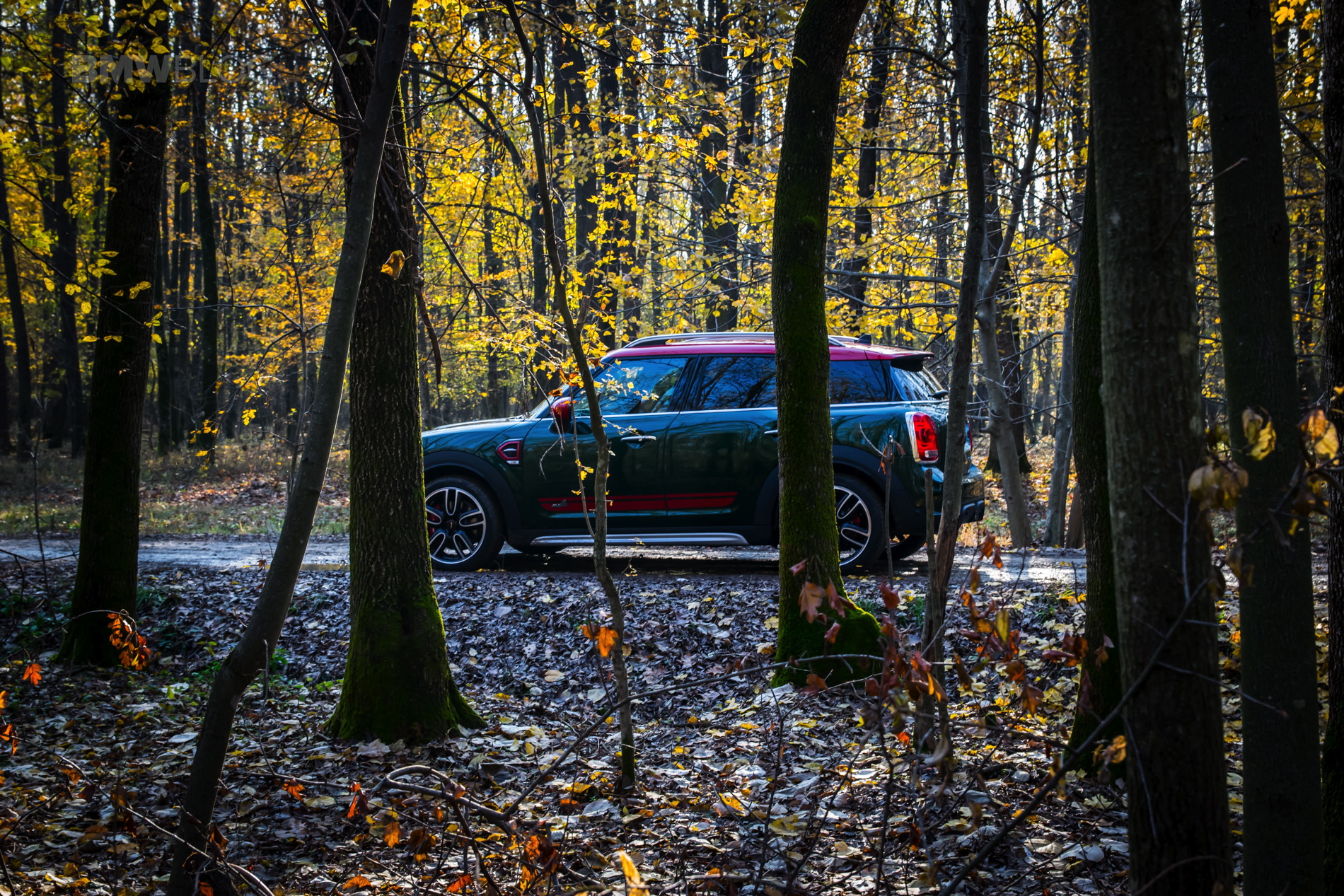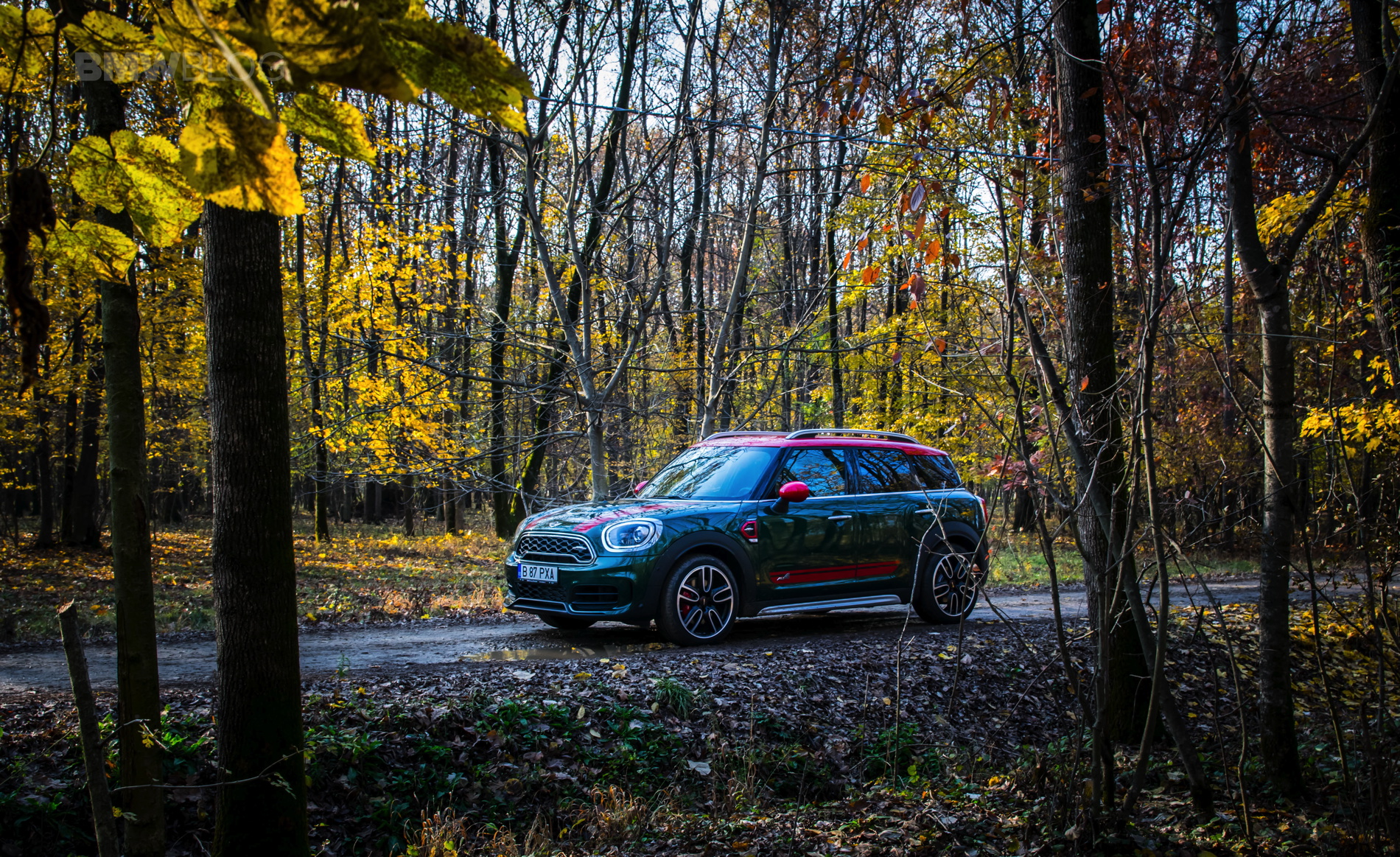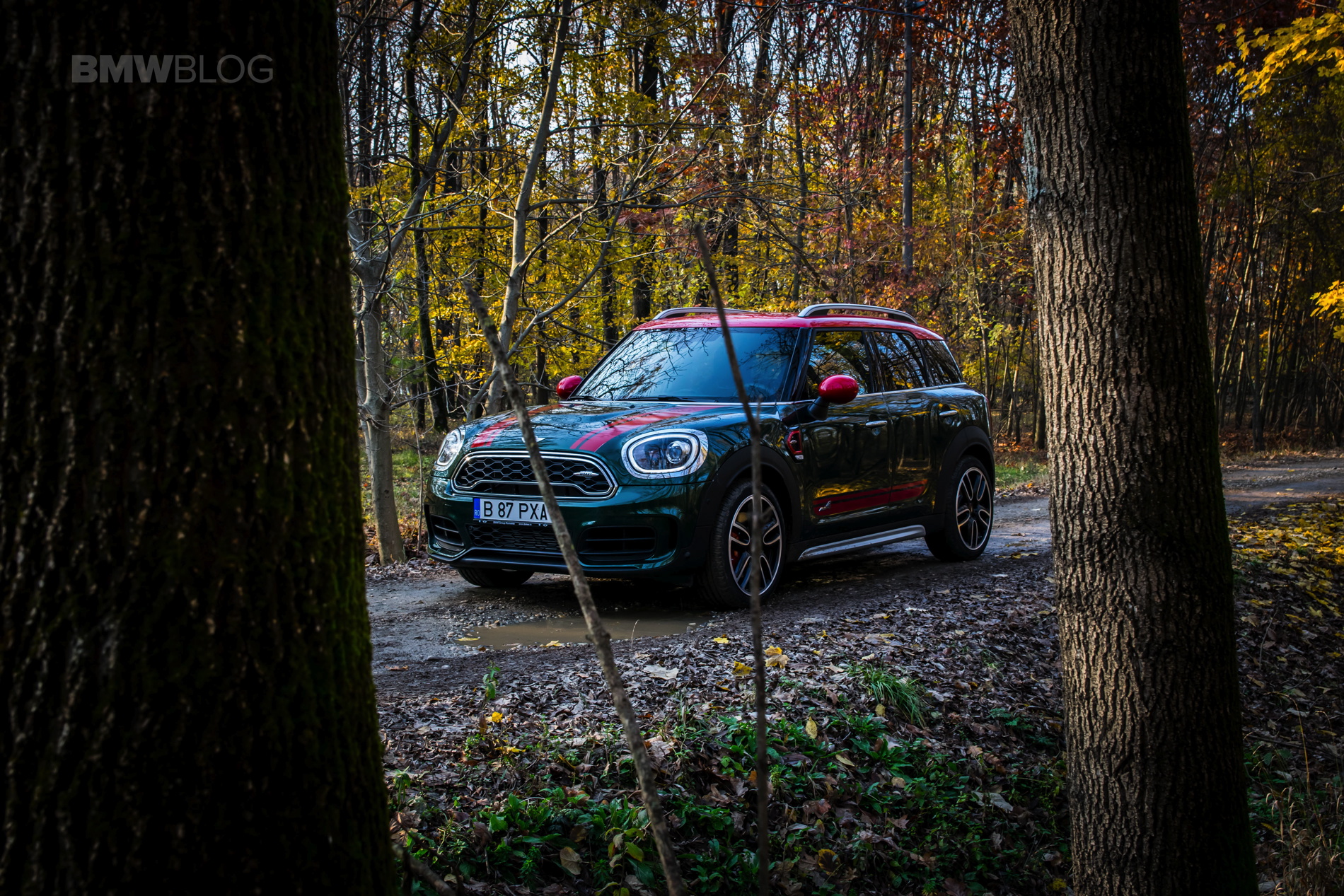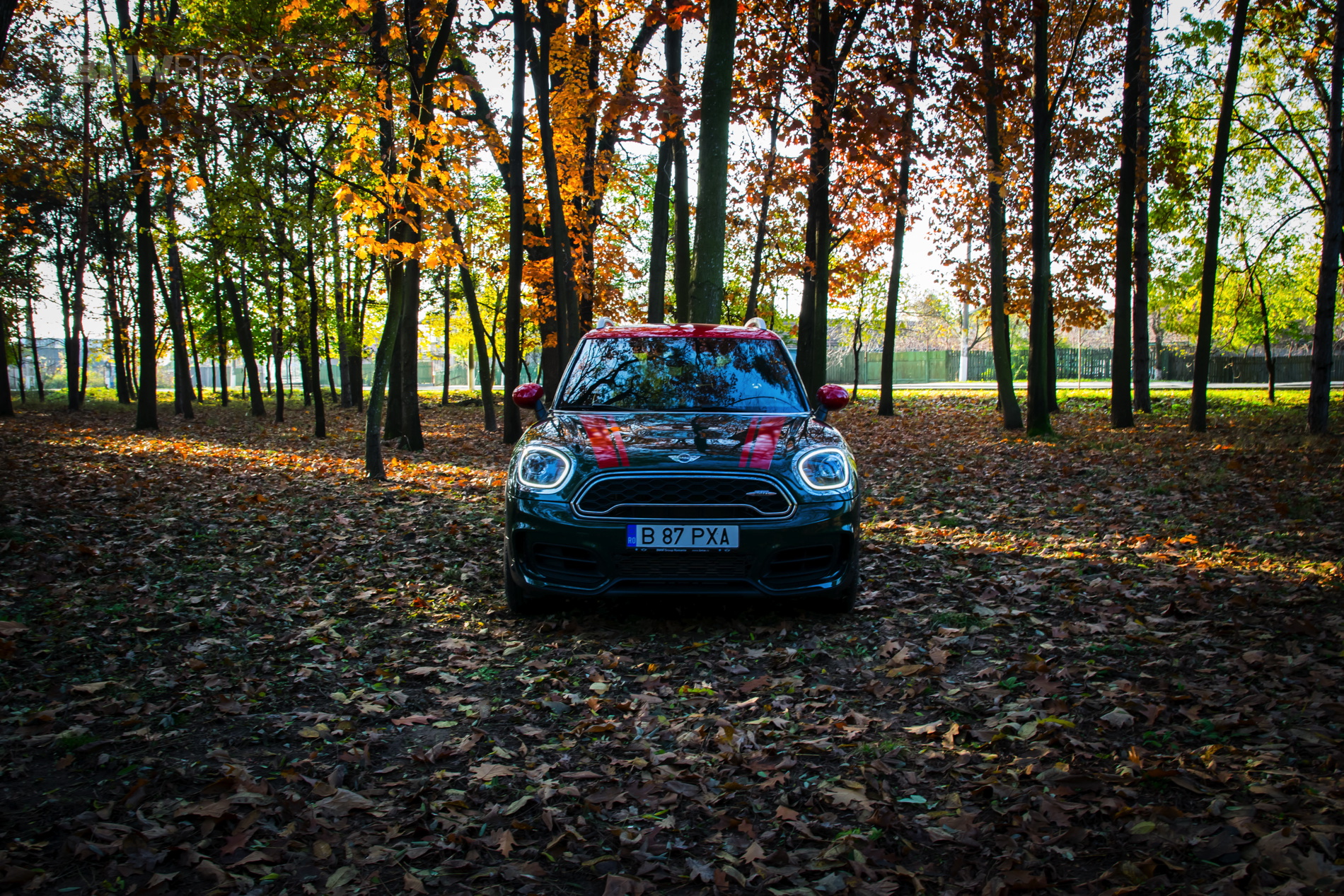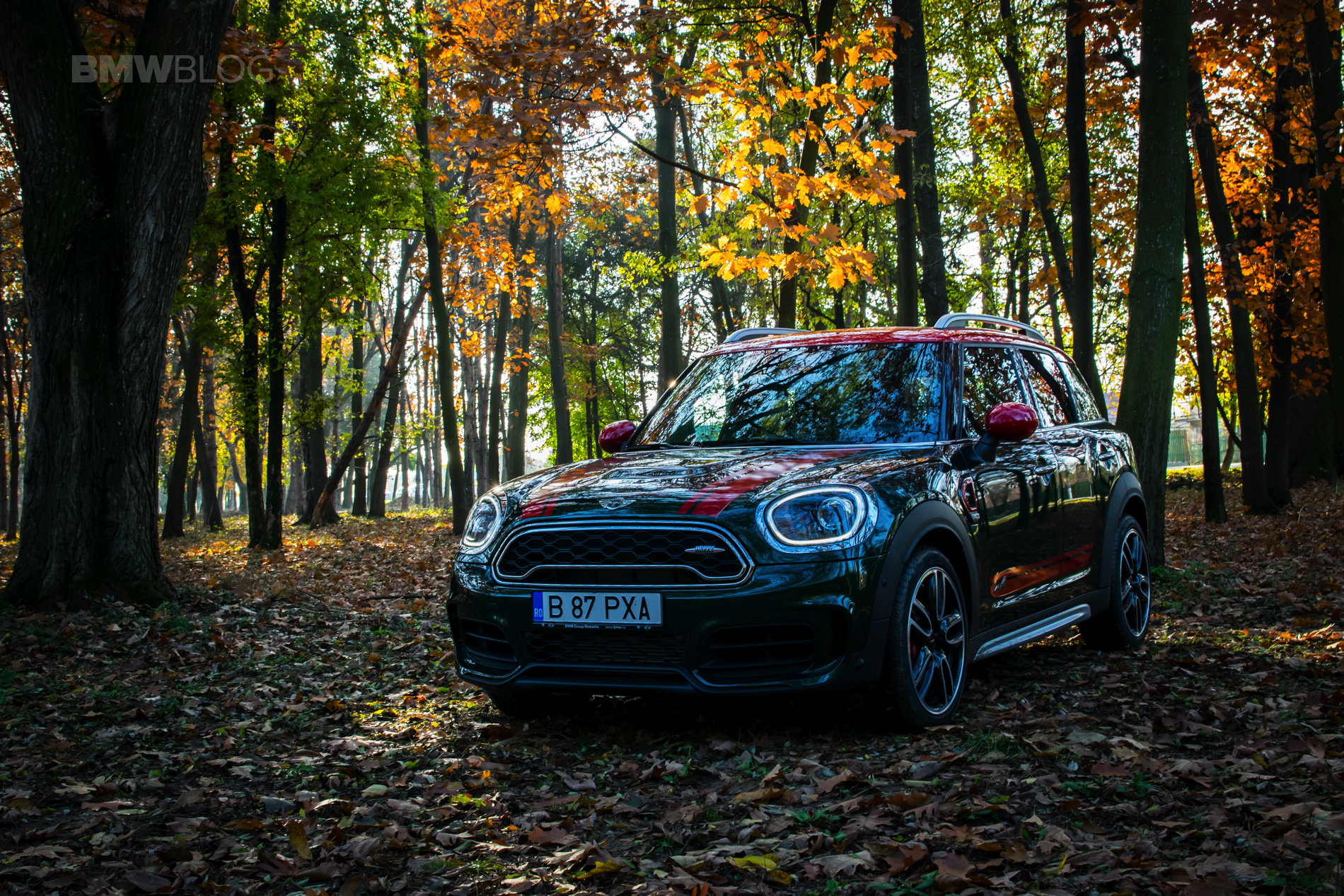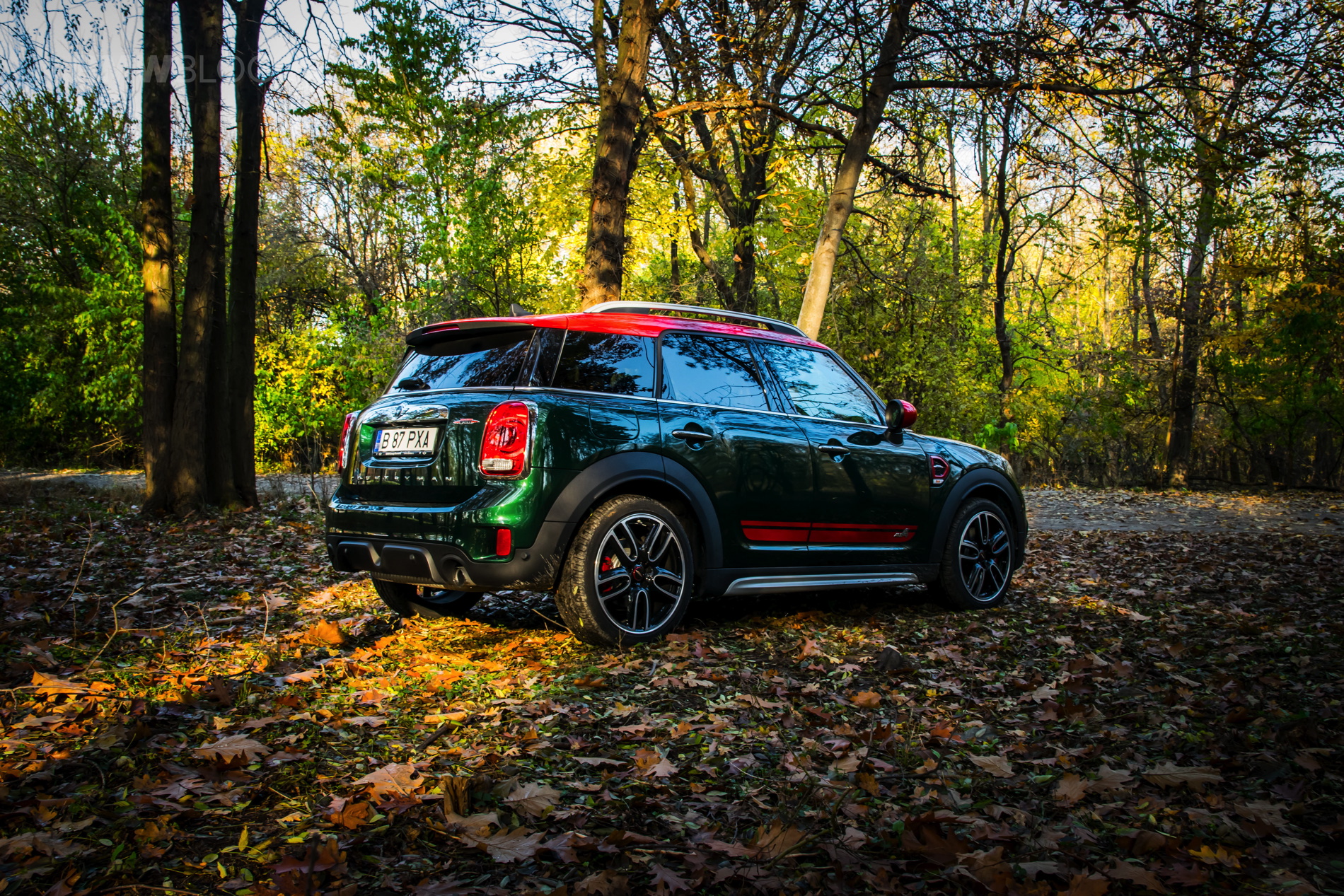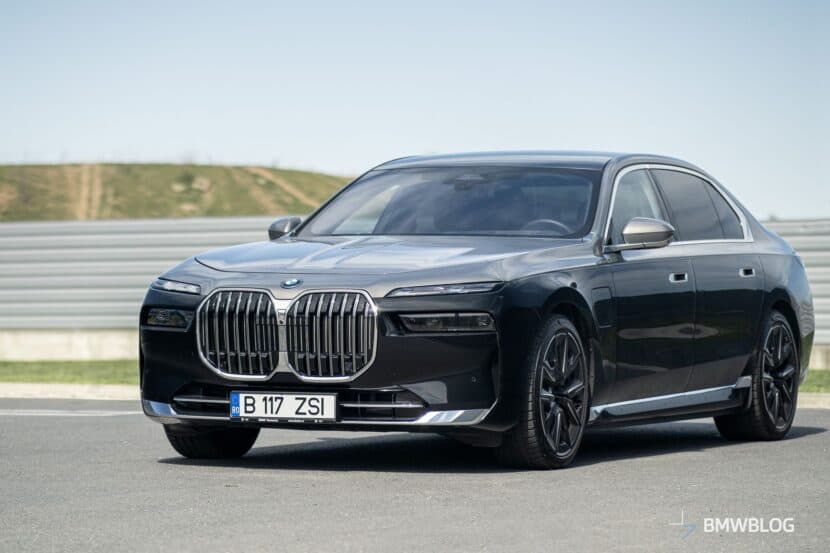The MINI Countryman is, without a doubt, a peculiar appearance in the range of the British manufacturer. It’s not because it’s a new model, but mostly because of its size and, simply put, there’s no denying that the Countryman has grown and did so by quite a bit.
Therefore, some have seen it fit to criticize the Brits for allowing a brand with such a great heritage to move onto the next level and seek profits in new segments. By the looks of things, the Countryman is now a proper crossover and, if you get the tape measure out, it will almost match cars like the BMW X1 or the Volkswagen Touran in terms of room and exterior dimensions.
It is, by all means, a different animal and, while some are welcoming the added practicality and extra room inside, others are simply moving away from the winged badge because it doesn’t adhere to their perception of what it should look like. However, there’s no denying that the Oxford-based manufacturer is now offering what the customers have been asking for. There have been many who complained about the room offered by the hatchbacks, the bread and butter of the brand. Understandably so, as they are fun to drive cars but when it comes to carrying more than two people and a couple of small bags, its shortcomings become blatantly evident.
At the same time, other people love the character the cars come with. The small details are usually the ones that charm you into falling in love. Things like small Union Jack badges on the seats, cross stitching, cockpit-style buttons and an overall cheery interior are usually the culprits to blame. On the outside, you can customize your car in a million ways, with racing stripes, different colors for the roof and the mirror covers, and so on. The best thing about it is that all of it is offered by the company through a simple configurator, making it extremely easy to build your car exactly as you want it.
And that’s just some of the magic the MINI brand has. Chip in the trademark handling that all of these cars come with and you soon start to understand why it is so beloved. The question that comes to mind though is how this last point is affected by the drastic increase in size on cars like the Clubman and Countryman. The two are close in terms of length and width but the latter does offer more headroom and rides considerably higher, since it is a crossover after all.
Of course, MINI had to adapt the trademark styling people have been getting used to to a new shape that isn’t exactly the most gracious. Some have rushed to call it ugly but my personal view is that it’s not hideous but instead more along the lines of different. To my eye, the Countryman is a good-looking car, with aggressive shapes up front, a generous grille and many straight lines that emphasize an ‘I mean business’ attitude. And that was necessary as this is a model was supposed to disrupt the conventional way of building cars for MINI.
All of that was done on purpose because if you don’t make a statement with a model that doesn’t fall in line with the lineage of your brand, chances of it being successful are slim, at most. Thankfully for MINI, the Countryman is proving to be a sales success, alongside its Clubman brother. Customers are also saying that they appreciate the extra room and practicality as well as the fact that it remains true to its heritage.
Therefore, the Countryman is mainly bought by people who used to own a hatch and are now part of a young family who needs the extra space for things like kids trolleys, toys and boxes of Huggies. For those purposes, the crossover works brilliantly. The boot offers 450 liters of space and that’s impressive. To put things into perspective, I should mention that the new X1, a car that’s considered by many to be more spacious, has a boot of 505 liters. Furthermore, you can slide the seats forward to accommodate more luggage without having to renounce the rear seats altogether. The rear bench also offers reclinable seat backs. Fold the seats altogether – and you can do so in a 40:20:40 way – and you get access to 1,390 liters. The figure in itself is good but at the same time, the loading can be done rather easily due to the way the boot opening is designed.
Inside the cabin there’s ample space both up front and in the back. Up front you get ample room for all your extremities, especially your head while in the back you can adjust your seats and also get plenty of leg room and elbow room. There’s room in there for three people as long as they are small to medium sized. If you’re looking at the larger variety, maybe two are enough.
But no matter how practical this car is – and we covered that in our Cooper SD review – this particular model is about something else – performance. This is the John Cooper Works model and it has had a rather different history than usual. You see, MINI, just like its parent company, likes to launch its high-performance models a bit later than their ‘regular’ version. Well in the case of the Countryman that period was significantly shorter than for the hatch, for example. The reason is simple: there’s a demand out there for this car and the Brits wanted to capitalize on it.
From the outside you can immediately tell that this is a JCW model just by looking at it. It has that special look to it that lets you know it means business. You can get the JCW exterior kit on other models but there are some things that set apart the real deal from the posers. For example, you may notice that our tester doesn’t have fog lights, something that has been fitted as standard on cars with considerably lower prices for years now and no, it’s not because MINI wants you to pay extra for them. In this case, the fog lights are missing because in their place we have intercoolers to help cool down the engine and feed cool air into the intake.
Other giveaways are the twin tailpipes at the back with considerably larger diameter tips, to take all the exhaust gases out with a bang. And I’m talking about a literal bang because this thing has a raucous voice, especially in Sport mode, when the exhaust flaps are open and the hot air ignites, leading to various pops and bangs that will surely get your blood flowing. This is one of the best sounding 2-liter four-cylinder on the market today, without any aftermarket goodies installed. It really is an aural delight.
But it’s not all just bark and no bite. The B48 mill makes 231 PS and 350 Nm (258 lb-ft) of torque, a bit more than what the hatch offers, mainly due to the fact that it comes with an 8-speed automatic instead of a 6-speed and it can handle a bit more torque. The Aisin-sourced gearbox is good but at times it does lag, noticeable especially when not using the Sport mode for the transmission. Without tilting the gearshift lever to the left, the gearbox does a good job but it can leave you wishing for a speedier response at times. Shift it in Sport mode and it wakes up, keeping the revs high and you in the perfect location along the torque curve.
Switching between the three different driving modes is now achieved using a toggle on the dash, right under the HVAC controls, as the old setup with a circular selector located at the bottom of the gearshift lever being dropped. Speaking of such changes, the fuel gauge has also been redesigned and even though it has the same location on the side of the speedometer, it is now more precise than before, offering a more accurate and easy to read solution.
Speaking of fuel, the JCW is a thirsty car but that can only be expected considering the weight and size of the Countryman. Tipping the scale at almost 1.6 tons and coming with all-wheel drive, you can imagine a 2-liter turbo petrol mill won’t be the fuel saver you may dream of. Around town, the readings rarely went under 12 l/100 km (19.6 mpg) while keeping my right foot as light as possible. Choosing Eco mode doesn’t do much except bludgeoning the sharpness of the throttle. In terms of fuel saving, you might as well go with Mid mode. The fuel consumption figures don’t change a lot even when going outside city limits, as the JCW Countryman showed an average of 10 l/100 km (23.5 mpg). At times it dipped under that double-digit figure but only for short periods.
But those looking for a high-performance Countryman are already aware of these drawbacks. So how does it drive? Well, it’s more obvious than ever when driving the JCW Countryman what great potential hides behind the UKL front-wheel drive platform. The adaptive dampers do a great job at keeping the car’s weight in check and even though there’s some body roll showing, it’s well composed and kept in check. That, of course, means you’ll be trading off some comfort for a stiffer ride but then again, that’s normal for a JCW model. The All4 all-wheel drive system also plays an important role here and I can totally see why MINI decided to offer it as standard on all cars. Without it, the front axle would’ve been easily overrun by torque and the weight of the beast.
The system is also quite efficient, as power is only sent to the rear wheels when the front ones lose traction. Therefore, most of the time you’re driving a FWD model but when the need arises, the rear axle chips in. And it does so by the plentiful, pushing you out of fast corners when driving hard and to the limit. It almost turns the steering into a neutral setup, with understeer being reduced to a hum in most situations. The steering is also quick and somewhat artificially heavy in Sport mode while the chassis and strong performance make this car truly a joy to drive.
And that’s something I really didn’t see coming, to be completely honest. The moment I heard about a Countryman JCW offering in the range I, like most people, though that the JCW brand is simply getting diluted but I learned that it’s not the case. That’s true only as long as you keep in mind the proportions of the things as you can’t expect it to behave exactly like a hatch which is half its size. In the end though, that’s not the point of the John Cooper Works Countryman. The point is you can still have your cake and eat it.
You have plenty of room for your family and their luggage, you still get the usual colorful interior and airplane toggles and a great experience behind the wheel without having to renounce anything. Then again, if you’re looking at buying one, you should be ready to pay for it. The pricing starts at just under $40,000 in the US and that’s on the pricier side of things. In Germany things are even more expensive, the car starting at 39,567 Euros which translates to $47,000. Chip in the options our tester came with, from the Harman Kardon sound system to the rearview camera and others and it came up to 51,545 Euros ($61,321). And that’s a lot even for a premium offering as is the case with the MINI brand.
Nevertheless, this car doesn’t appeal to just everyone out there but those fans of the brand who have owned a MINI in the past and now have families of their own. Those who love the brand simply and wish a great handling crossover for their daily chores need look no further, the JCW Countryman delivers.
2017 MINI Countryman John Cooper Works
Exterior Appeal - 7
Interior Quality - 8
Steering Feedback - 7
Performance - 7
Handling - 8
MINI Feel - 7
Price Point - 6
7.1
Those who love the brand simply and wish a great handling crossover for their daily chores need look no further, the MINI John Cooper Works Countryman delivers.



